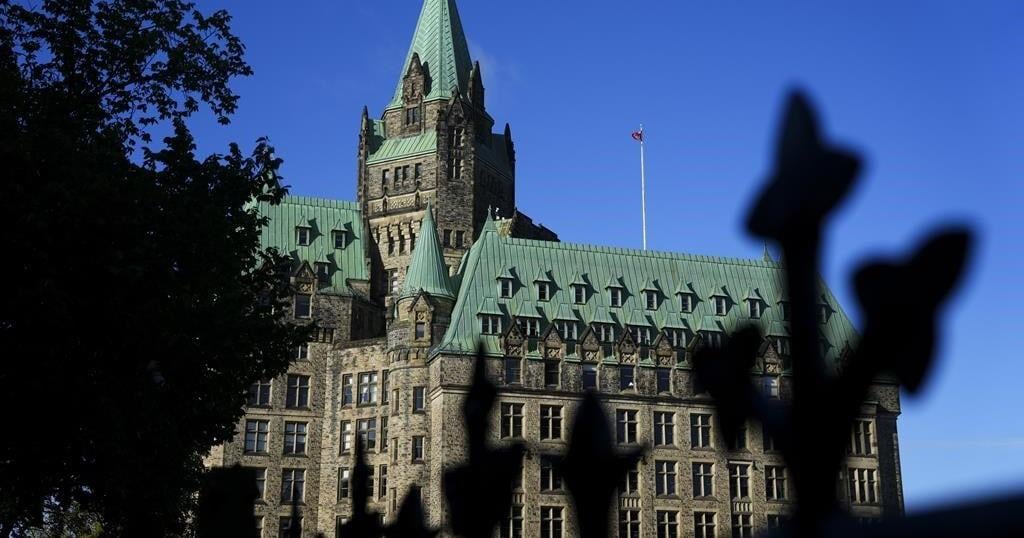China’s economy grew by 2.2 percent on a seasonally adjusted basis in the first quarter (Q1), a massive improvement on the previous quarter’s 0.6 percent growth. Also positive from the economic perspective was that this was the third straight quarterly expansion after China began to ease COVID-19 restrictions in the second half of last year. This said, unlike much of China’s stellar economic growth from the mid-1990s to before the COVID-19 pandemic hit in 2020, this growth may not translate so directly into equally startling rises in the price of oil.
The previously very direct correlation between China’s economic growth and oil prices was evidenced in the fact that almost on its own it drove the super-cycle of ever-rising prices for commodities key to its economic growth over that period. One such commodity was oil, which was vital to powering the country’s largely manufacturing-led economic boom during those years. Because of the massive disparity between the sheer scale of China’s energy needs and the paucity of its own oil and gas resources, the country quickly became the big bid in the global oil market. By 2013, it had become the world’s largest net importer of total petroleum and other liquid fuels, and by 2017 it had overtaken the U.S. as the largest annual gross crude oil importer in the world as well.
It is unsurprising, then, that many in the current oil market have been waiting for signs of a big recovery in China’s economic growth, believing that it will automatically herald a big bounce in oil prices. The first part of this equation may well be taking place, as not only were Q1’s figures good but they may well become better. “The Q1 [GDP] number surprised to the upside, and the momentum of domestic demand puts upside risks to our 5.5 per cent GDP forecast for 2023,” Eugenia Victorino, head of Asia strategy for SEB in Singapore exclusively told OilPrice.com last week. “Looking ahead, low base effects – including the Shanghai lockdown, which lasted more than 60 days in Q2 2022 – will push up the annual prints in Q2 this year, so, assuming domestic demand remains on a path to recovery in the coming months, Q2 GDP will likely rise to around 8 per cent year on year,” she added. Related: Four Scenarios That Could Send Oil Prices To $200
Further signs that China’s economic growth rebound may surprise on the upside have come from its long-beleaguered property sector. Although property price inflation remains in negative territory, prices continue to post monthly improvements, with 64 out of 70 cities now reporting monthly price gains. Home sales have also surprised on the upside, coming from various Tier-1 and Tier-2 cities, with existing homes and China’s state-owned enterprise developers topping the transaction charts, Rory Green, chief China economist for TS Lombard, in London, exclusively told OilPrice.com. There is still caution evident in the market, he said, with the composition of sales indicating that consumers remain concerned about the viability of pre-sales, which make up 70-80 per cent of total transactions. However, highlighted Green, although the speed and magnitude of the rebound in China’s property market remain in question, a bottom appears to have formed in it.
This said, the second part of the equation – that a strong Chinese economic rebound will automatically herald a big bounce in oil prices – is far less certain. The first part of China’s massive economic growth was founded on a huge energy-intensive expansion of its manufacturing capabilities. This also involved the mass migration of new workers from the countryside and into the cities, which required a huge energy-intensive infrastructure build-out. This change marked the second phase of China’s economic growth mix. This continued for years, alongside the third phase of China’s economic growth, which was the rise of a middle class that powered domestic consumption-led demand for goods and services. All these phases to date had the net result of increasing China’s demand for energy exponentially, to the point where it is now – for oil alone – around 15 million barrels per day (bpd). This is around 19 per cent of world demand for crude oil.
The problem for unreconstructed oil bulls is that the nature of this current phase of economic growth in China is not like any that the markets have seen before. “China’s central leadership is relying on reopening and the removal of negative policies – property, consumer internet, and geopolitics – rather than aggressive stimulus, to drive activity,” TS Lombard’s Green told OilPrice.com. “For the first time, a cyclical recovery in China will be led by household consumption, mainly services, as there is a great deal of pent-up demand and savings – about 4 per cent of GDP – following three years of intermittent mobility restrictions,” he added.
For oil prices, he underlined, it is apposite to note that transportation accounts for just 54 per cent of China’s oil consumption, compared to 72 per cent in the US and 68 per cent in the European Union. In 2022, net oil and refined petroleum imports were 8 per cent lower by volume than the pre-pandemic peak, with infrastructure and export-oriented manufacturing partly offsetting lower mobility and less property construction. “Demand drivers should switch this year, with travel rising and property less negative, while infrastructure and manufacturing slow,” said Green. “The certain outcome is an increase in oil demand – we estimate a 5-8 per cent increase in net import volumes – but this is unlikely to cause oil prices to surge, especially as China is buying at a discount from Russia,” he concluded.
By Simon Watkins for OIlprice.com

























